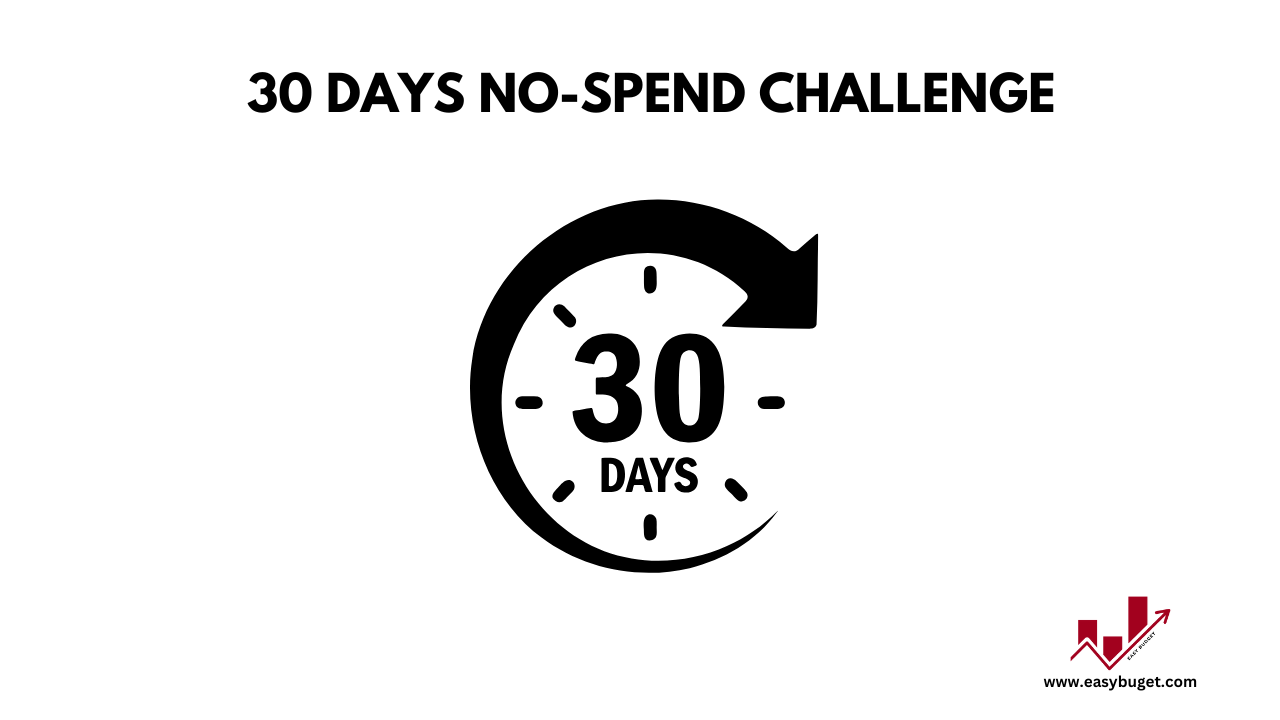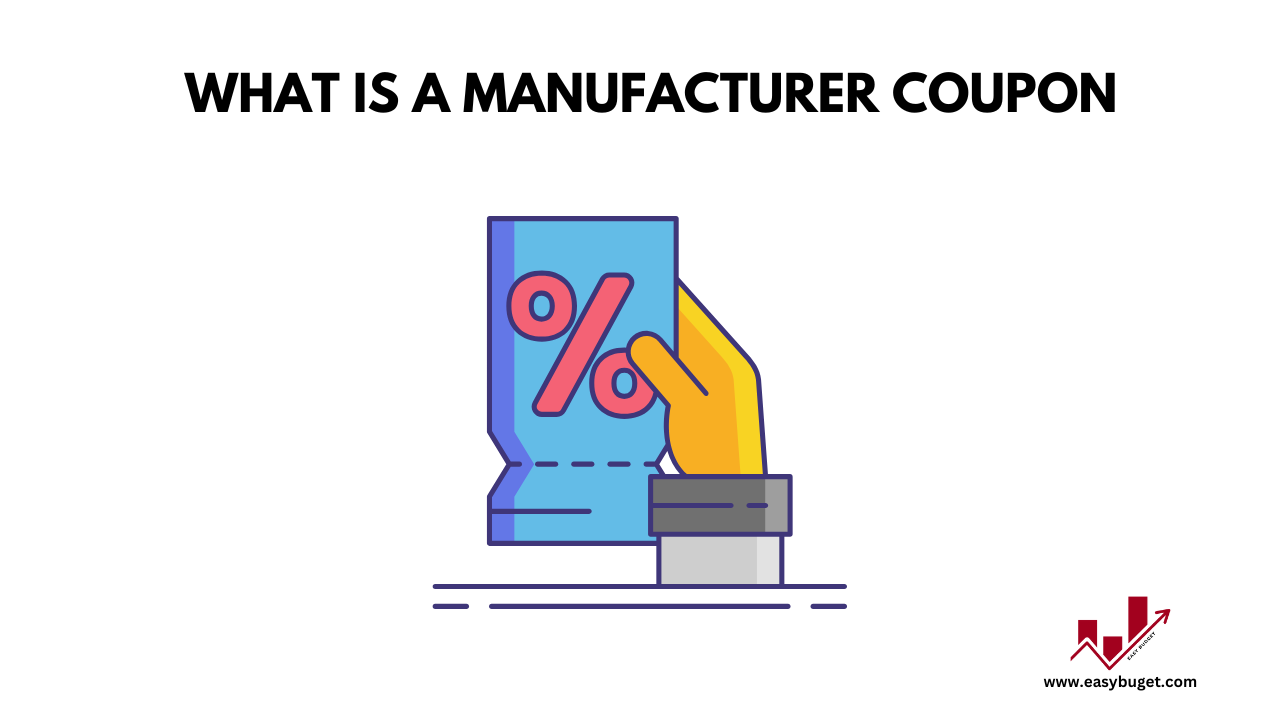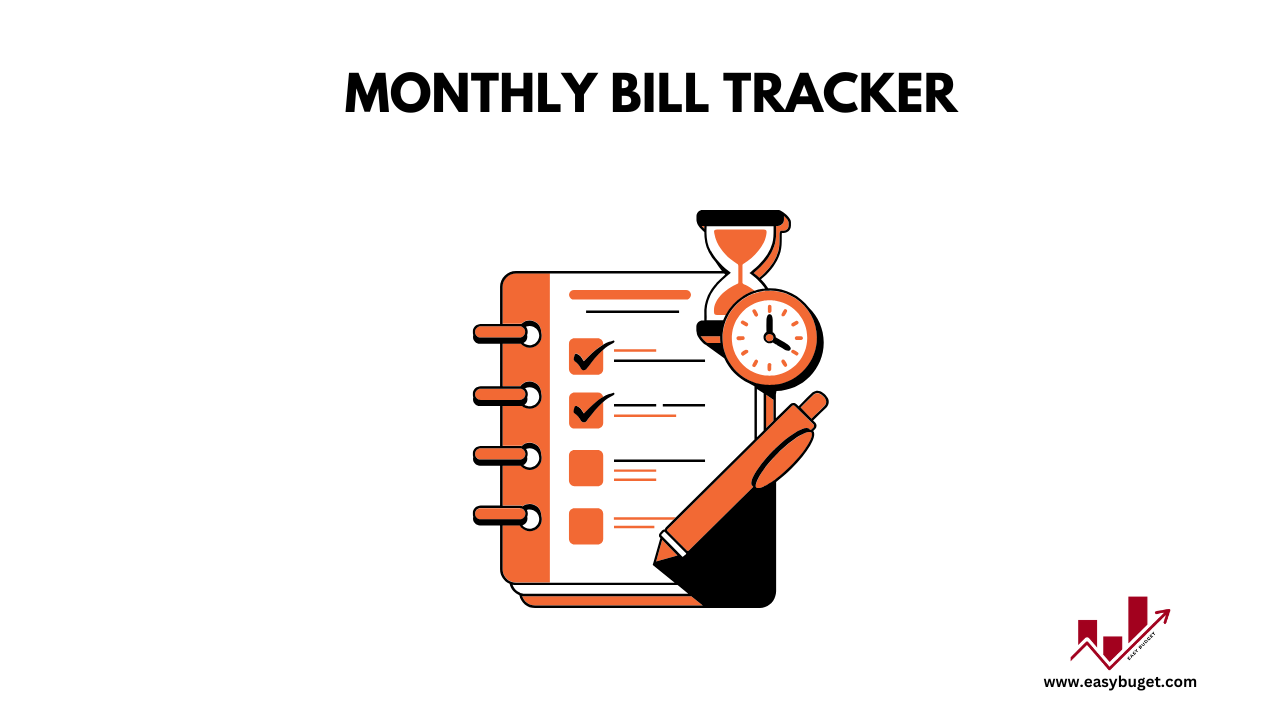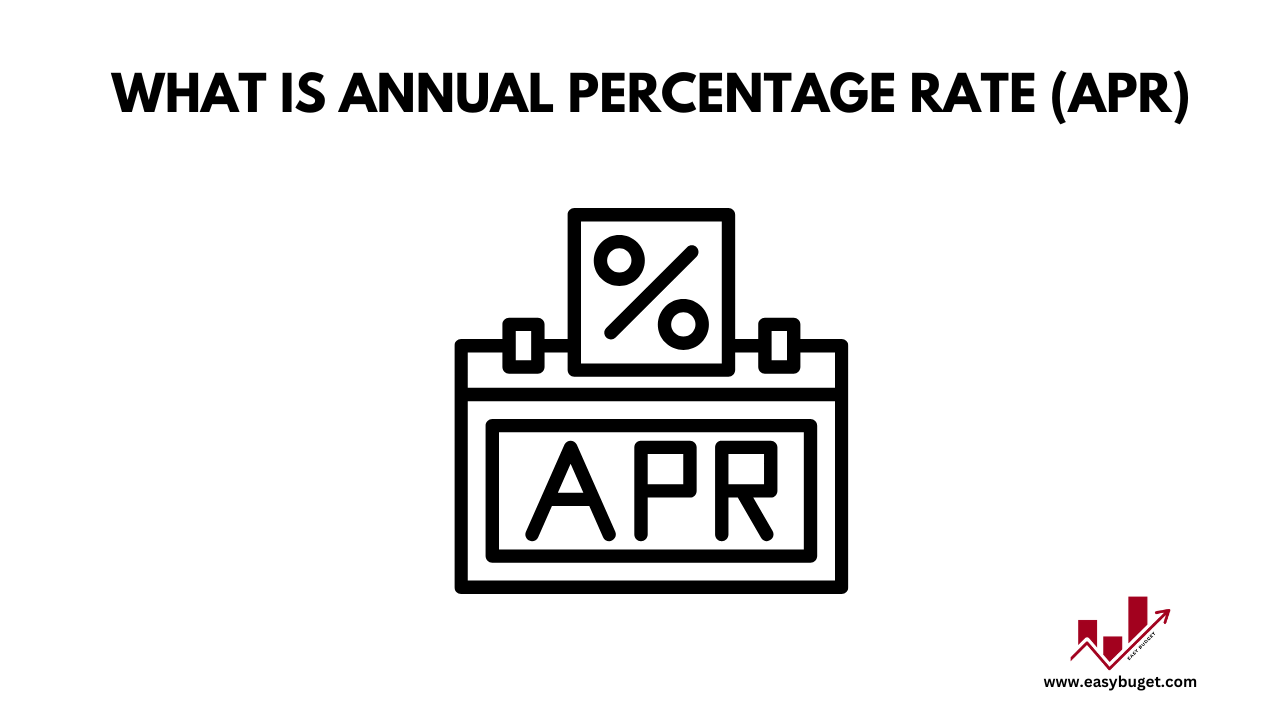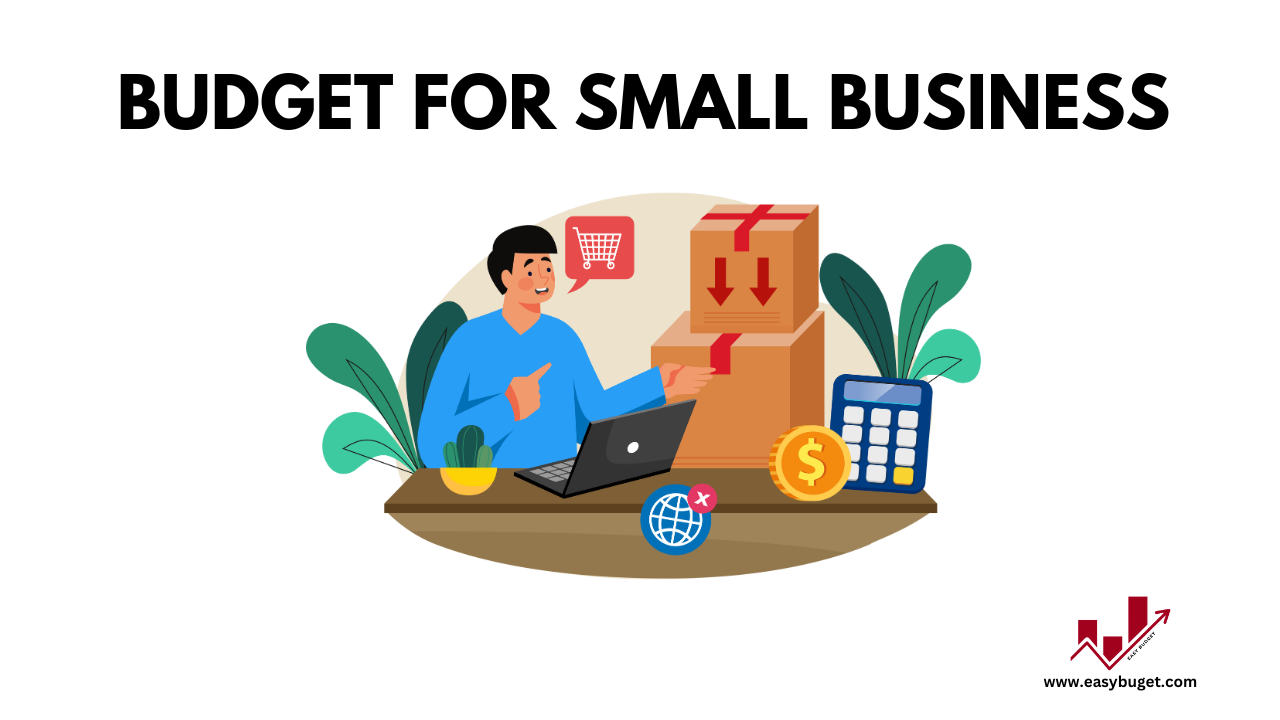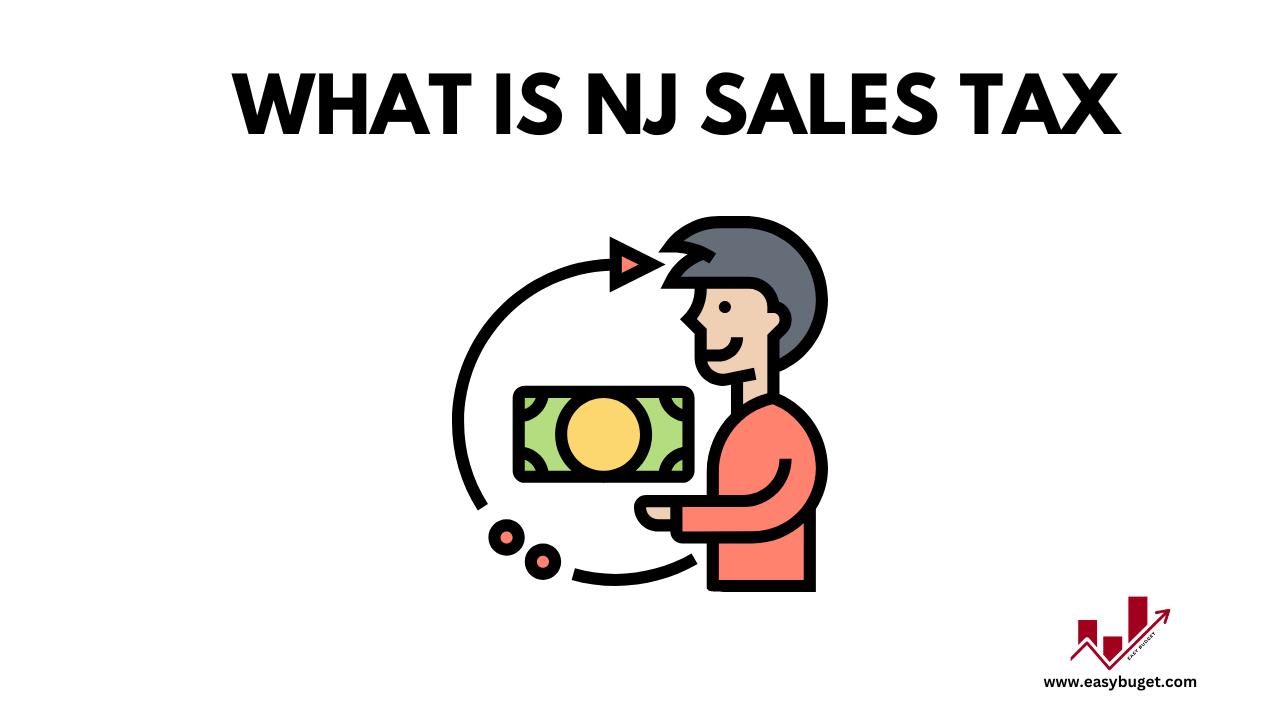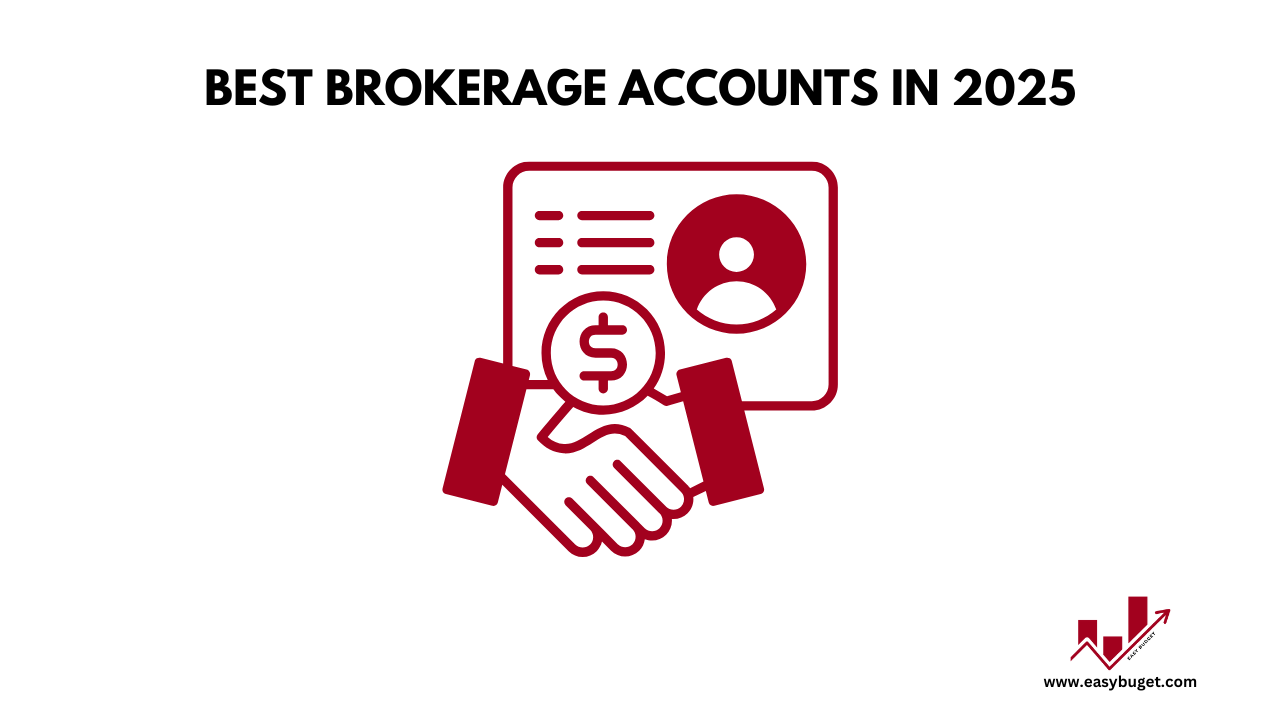Do you ever feel like your money disappears too quickly?
Many people overspend on online shopping, eating out, and even daily coffee runs. May be you are one of them. These small habits quickly add up and drain your paycheck.
For example, making your coffee at home instead of buying it daily, avoiding impulse shopping online, and only purchasing items you truly need can help you save hundreds each month. These small changes make a big difference over time.
Welcome to the No-Spend Challenge
This guide will explain everything you need to know about the no-spend challenge, what it is, how it works, and how you can succeed with it.
No matter you are trying to:
- Save for a long-term goal.
- Pay off debt.
- Or simply take control of your spending habits.
This guide offers practical advice, real success stories, and an easy step-by-step plan to help you make the most of your no-spend challenge.
Let’s get started and help you take back control of your money.
What is a No-Spend Challenge?
A no-spend challenge is a period of time usually 30 days where we commit to spend money only on essential expenses like rent, utilities, groceries, and transportation.
During this time, we avoid all non-essential purchases, such as dining out, entertainment, and clothing.
Why Do People Take on a No-Spend Challenge?
The no-spend challenge has gained popularity for several reasons:
- Financial Savings: By cutting out non-essential spending, you can save hundreds or even thousands of dollars.
- Breaking Bad Habits: The challenge helps you identify and cut regular buying and overspending.
- Mindful Spending: It encourages you to about how you use your money.
- Increased Creativity: With limited spending, you will discover new ways to enjoy life without breaking the bank.
Types of No-Spend Challenges
- 30-Day No-Spend Challenge: A month-long commitment to only spend on necessities.
- Weekly No-Spend Days: Designate one or two days a week where no money is spent.
- No-Spend Weekends: Focus on free or low-cost activities during weekends.
Download No-Spend Challenge Tracker Printable
Benefits of a No-Spend Challenge
The no-spend challenge offers a wide range of benefits, both financial and personal. Here are some of the most compelling reasons to give it a try:
1. You Save Money Fast
The most obvious benefit is instant savings. When you stop spending on wants like dining out, shopping, or ordering delivery, you quickly see more money in your bank account.
Even skipping takeout for one week can save you $50–$100. That money can go toward your savings, debt, or an emergency fund.
Real-life tip: At the end of your no-spend week, move the money you didn’t spend into a separate savings account.
2. You Understand Your Spending Habits
During a no-spend challenge, you become more aware of where your money usually goes. You notice things like:
- How often you reach for your credit card
- Which items you buy out of boredom
- What triggers your impulse spending
This awareness helps you make better choices in the future. You will start to ask yourself, “Do I really need this?”
3. You Break Bad Spending Habits
We often spend out of habit not need. A no-spend challenge helps break those patterns.
For example:
- You stop ordering food just because you are tired.
- You pause before clicking “add to cart” during online browsing.
By taking a break from these habits, you create space for healthier money decisions.
4. You Get Creative with What You Have
When you are not spending, you start using things you already own.
- Cook meals with what’s in your pantry.
- Wear clothes you forgot you had.
- Enjoy books, games, or movies at home.
This helps you feel more content and resourceful—and less dependent on spending for fun.
5. You Reduce Stress and Anxiety
Money problems cause stress. When you take control of your spending, you feel more in charge of your life.
A no-spend challenge gives you peace of mind. You stop worrying about overspending or falling behind on bills. You also gain confidence in your ability to manage money.
6. You Build Stronger Financial Discipline
A no-spend challenge trains your brain to delay gratification. You learn to say “no” to small temptations, which builds stronger self-control over time.
This discipline helps in many areas of life—from sticking to a budget to saving for big goals like a vacation or a home.
7. You Reach Your Financial Goals Faster
By cutting extra spending, you free up money for what matters most.
You can:
- Pay off debt sooner
- Grow your emergency fund
- Save for a goal you care about
Every dollar saved during the challenge gets you one step closer to financial freedom.
How to Start No-Spend Challenge
Here’s a quick way to begin:
- Pick a timeframe – Start with a weekend or one week.
- Set clear rules – Essentials only: groceries, bills, medicine. No extras.
- Tell your family or friends – This adds accountability.
- Find free alternatives – Plan no-cost activities like walking, reading, or movie nights at home.
- Track your progress – Write down what you saved and how you felt.
Tips for Success
Completing a no-spend challenge can be challenging, but these tips will help you stay on track:
1. Avoid Temptation
Unsubscribe from marketing emails, avoid shopping websites, and stay away from stores that instigate you to spend money.
2. Find Free Activities
Explore free or low-cost hobbies and entertainment, such as hiking, reading, or cooking at home. Check out local community events or free online resources like Project Gutenberg for free eBooks.
3. Involve Friends or Family
Share your challenge with others for support. You can even turn it into a friendly competition to see who can save the most money.
4. Celebrate Small Wins
Reward yourself with non-financial treats, such as a relaxing bath, a movie night at home, or a picnic in the park. Through these activities a men can relax her mind and also feel improve herself.
Common Challenges and How to Overcome Them
While the no-spend challenge can be incredibly rewarding, it’s not without its challenges. Here’s how to overcome some common obstacles:
1. Social Pressure
It can be difficult to say no to invitations to spend money, such as dining out or attending events. To handle this, suggest free alternatives or explain your challenge to friends and family.
2. Boredom
Without the option to spend money on entertainment, you can feel bored. Compete this by discover free activities, such as hiking, reading, or trying a new recipe at home.
3. Unexpected Expenses
Emergencies can arise during the challenge, such as car repairs or medical bills. To handle these, set aside a small emergency fund before starting the challenge.
Conclusion
The no-spend challenge is a powerful tool to help you save money, break bad spending habits, and gain control of your finances. By following the tips and strategies that is posted in this blogpost you’ll be well-equipped to start your own challenge and achieve your financial goals.
So, what are you waiting for? Ready to take control of your finances? Start your no-spend challenge today and see how much you can save!
Disclaimer: This guide is for informational purposes only. Always consult with a financial advisor before making significant changes to your spending habits.

